Taereung and Gangneung
Royal Tombs
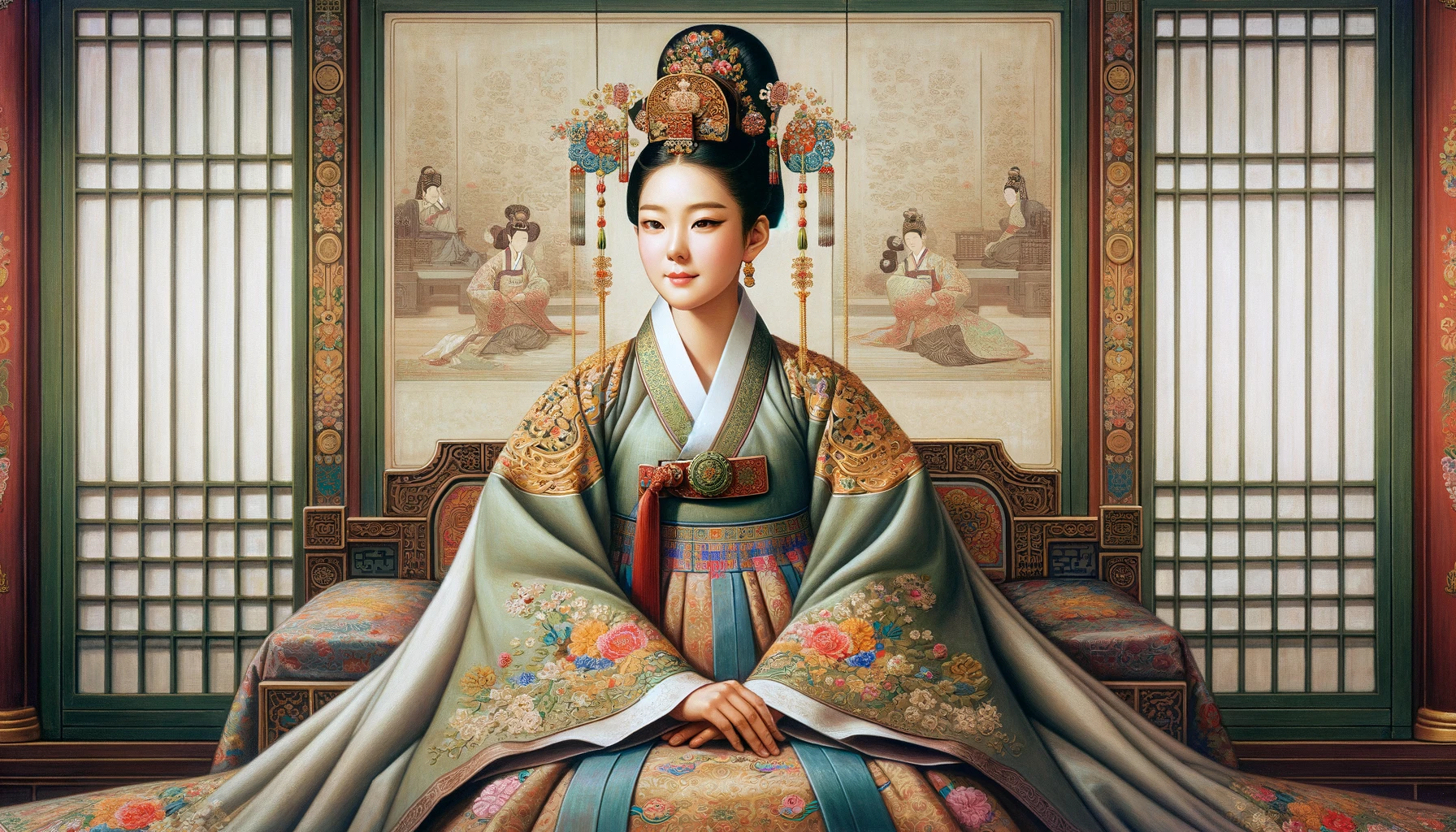 A machine-generated image of the younger Queen Munjeong of Joseon Dynasty.
A machine-generated image of the younger Queen Munjeong of Joseon Dynasty.taereung and Gangneung Royal Tombs
Welcome to this article about two of Seoul's most significant historical landmarks, Taereung Royal Tomb and Gangneung Royal Tombs.
Both sites hold great historical significance, dating back to the Joseon dynasty.
In this article, we will dive into the rich history of these royal tombs, explore their current status, and provide information on how to reach them from Seoul.
So, if you're ready to journey through time and discover more about these cultural treasures, keep reading!
Historical Background
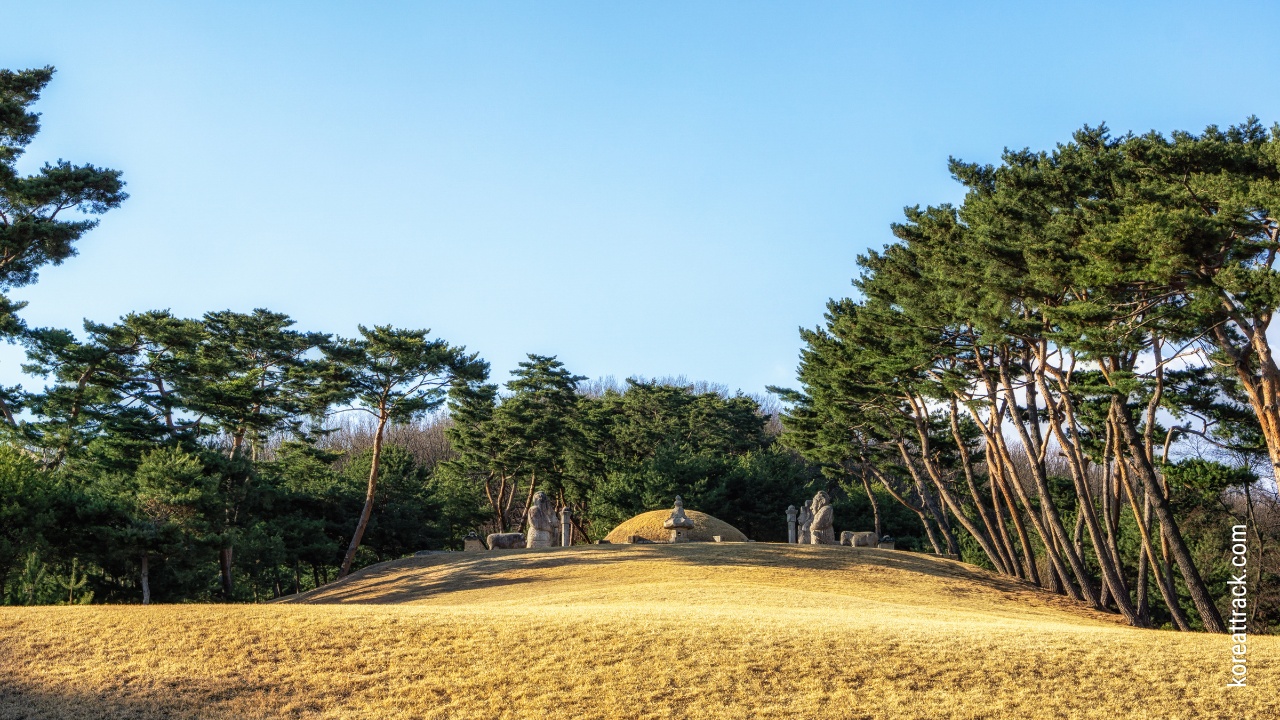 Taereung and Gangneung Royal Tombs
Taereung and Gangneung Royal TombsTaereung Royal Tomb is located in the Gangbuk District of Seoul, South Korea. It is the final resting place of Queen Munjeong, the royal third consort of King Jungjong, the 11th ruler of the Joseon Dynasty.
Queen Munjeong was known for her intelligence, political acumen, and interest in Buddhism.
She was also a devoted wife to King Jungjong, and after his death, she desired to move his tomb (Jeongneung) to the current Gangnam area of Seoul and be buried alongside him after her death.
However, due to frequent flooding and damage at Jeongneung, her son, King Myeongjong, built Taereung in its current location.
Taereung was completed in 1563 and is one of the most well-preserved royal tombs of the Joseon Dynasty.
This tomb attests to the architectural and engineering skills of the time and is considered an important cultural asset of South Korea.
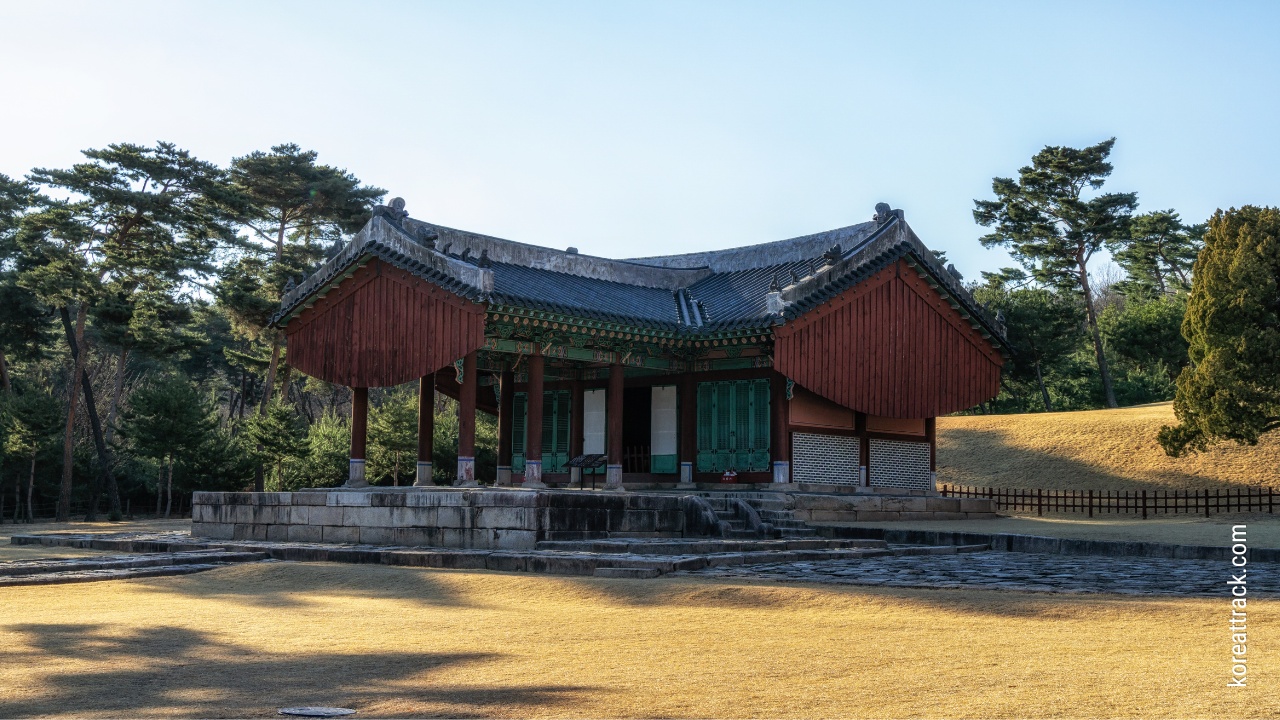 Ceremonial Hall
Ceremonial HallGangneung Royal Tomb, on the other hand, is the tomb of King Myeongjong, the 13th ruler of the Joseon Dynasty, and his consort, Queen Insun.
King Myeongjong succeeded his half-brother King Injong in 1545 and reigned for 31 years until he died in 1567. He was known for his cultural and artistic contributions to the Joseon Dynasty.
Both Taereung and Gangneung Royal Tombs are important historical sites that offer a glimpse into the rich cultural heritage of South Korea.
They are also popular tourist destinations, attracting visitors from all over the world who come to learn about the history and traditions of the Joseon Dynasty.
Present Status
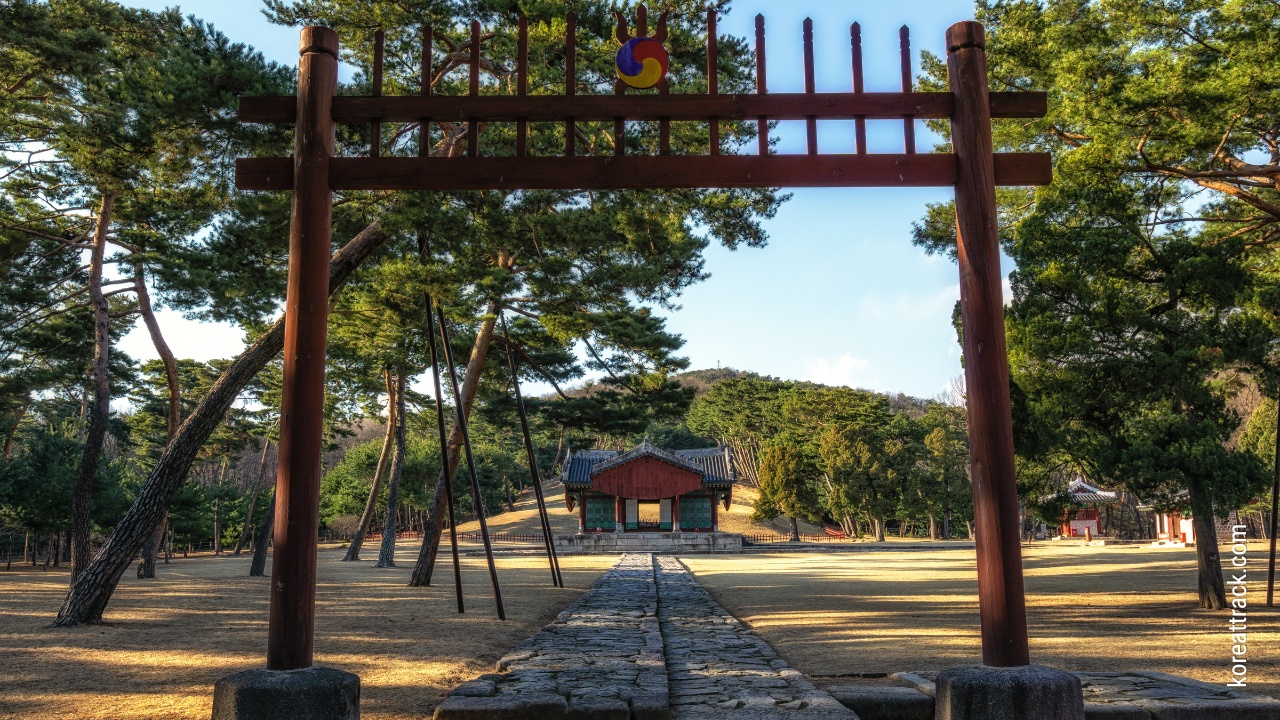 Entrance Gate of the tomb area
Entrance Gate of the tomb areaTaereung and Gangneung Royal Tombs are two beautiful UNESCO World Heritage sites in South Korea.
Taereung Royal Tomb, in particular, is notable for having been preserved without damage for nearly 500 years.
The tombs are in a serene and peaceful forest, and visitors can take a leisurely 1.8-km walk along a path that winds through the area.
This provides an excellent opportunity to explore nature and reflect on the region's rich history.
The Royal Tomb Museum of the Joseon Dynasty is also located nearby. It provides a fascinating look into the history and structure of royal tombs.
The museum is home to various exhibits exploring the culture and customs of the Joseon Dynasty, which spanned from the late 14th century to the late 19th century.
Visitors can learn about the intricate construction methods used to build the tombs and the rituals and ceremonies during the Joseon era.
About Queen Munjeong
 This is a computer-generated image of Queen Munjeong of Korea. The artwork captures her in traditional royal attire from the Joseon Dynasty.
This is a computer-generated image of Queen Munjeong of Korea. The artwork captures her in traditional royal attire from the Joseon Dynasty.Queen Munjeong, also known as Queen Dowager Insu, was a prominent figure during the Joseon dynasty in Korea.
She was known for her intelligence, political savvy, and leadership skills, which allowed her to play a pivotal role in the country's history.
Under her reign, the Joseon dynasty saw significant cultural and economic growth, contributing to its overall prosperity.
Regency and Influence:
Queen Munjeong was a renowned queen who served as regent during the reign of her son, King Myeongjong. Her regency was a period of relative stability and cultural flourishing.
She actively participated in state affairs, demonstrating her intelligence and leadership. Her efforts contributed to the development of the Joseon dynasty.
Promotion of Neo-Confucianism:
Queen Munjeong strongly advocated Neo-Confucianism, a philosophical and ethical system. She supported scholars like Choe Chiwon and Yi Hwang, who contributed to the spread of Neo-Confucian thought.
Her efforts helped shape the intellectual landscape of Joseon society, which had a lasting impact on Korean history.
Literary Contributions:
Queen Munjeong was not just a queen but also an accomplished poet and calligrapher. Her literary works reflected her deep understanding of Confucian principles and her love for learning.
She encouraged scholarly pursuits and patronized artists and writers, which helped foster cultural flowering in the Joseon dynasty.
Social Reforms:
Queen Munjeong was a progressive leader who advocated for women's education and empowerment. She established schools for women, emphasizing moral education and Confucian values.
Her progressive stance challenged traditional gender norms and contributed to women's empowerment in Korean society.
Legacy:
Queen Munjeong's reign left a lasting impact on Korean history. Her support for Neo-Confucianism and education contributed to the intellectual development of the Joseon dynasty.
Her dedication to cultural and social reforms continues to inspire generations, and her legacy as a queen and leader is still celebrated to this day.
In summary, Queen Munjeong's reign was characterized by her influence, commitment to education, and promotion of Neo-Confucian ideals, leaving an indelible mark on Korea's past and present.
Explore these historic sites, immerse yourself in captivating stories, and appreciate the legacy of the Joseon dynasty.
A visit to Taereung and Gangneung Royal Tombs provides a unique opportunity to explore South Korea's rich cultural heritage while enjoying the surrounding area's natural beauty.
Getting to Taereung Gangneung Tombs
To get to Taereung and Gangneung Royal Tombs check out the suggestions below...
To get to the tombs from Hwarangdae Station (Seoul Subway Line 6), head to Exit 1, where you can take one of the following buses: 202, 1155, 1156, 73, or 82 for the bus stop after Seoul Women's University.
Address: 681, Hwarang-ro, Nowon-gu, Seoul (서울특별시 노원구 화랑로 681)
From the bus stop after Seoul Women's University, walk towards your left, and you will see the tombs on your left-hand side.
If you have comments or any, please let us know below in the comments section.
Thanks for reading this article. Happy travels!
- Home
- Historical Attractions
- Taereung and Gangneung Royal Tombs
Hotel Booking Guide
Find affordable and amazing hotels on Agoda.com using the search box below. Book now to enjoy great discounts and save!
Get Exciting Activities
Experience the thrill of a lifetime by booking one of our exciting activities today! Take advantage of this opportunity and secure your spot in advance.
Hotel Map Guide
Find your affordable, accessible, and comfortable hotel in Seoul at Agoda.Com. See the hotel map below...
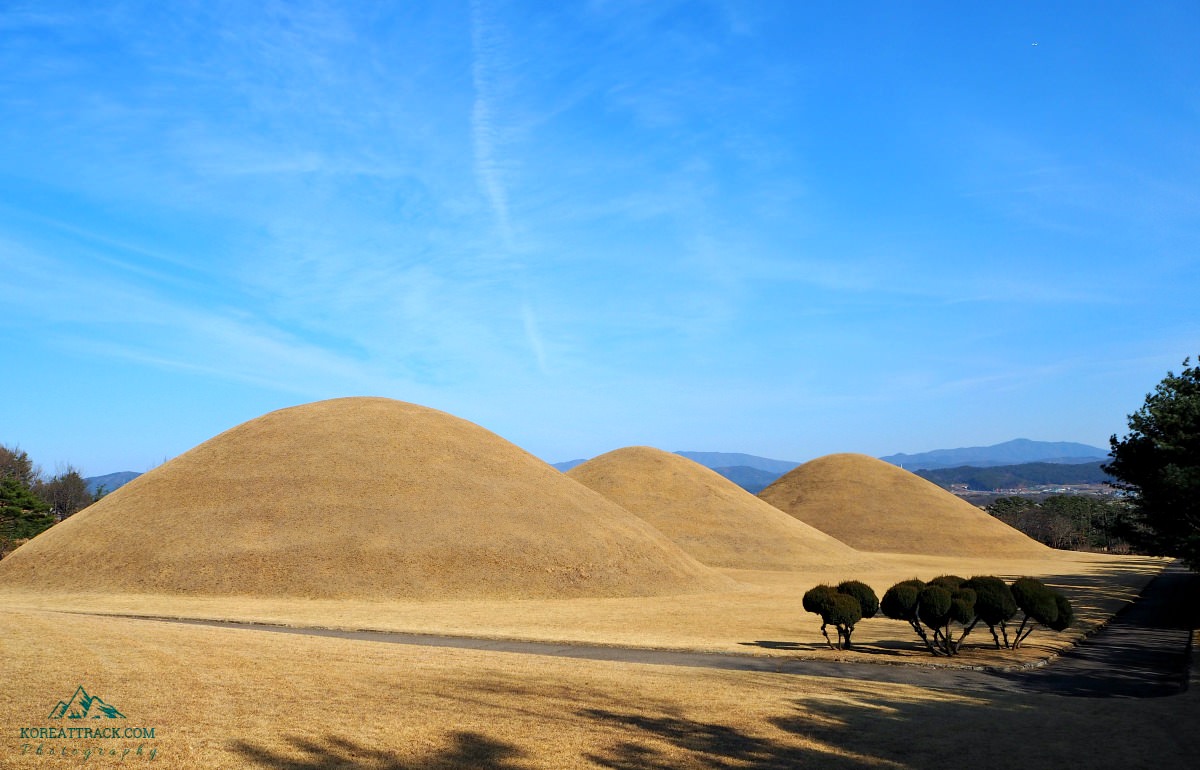
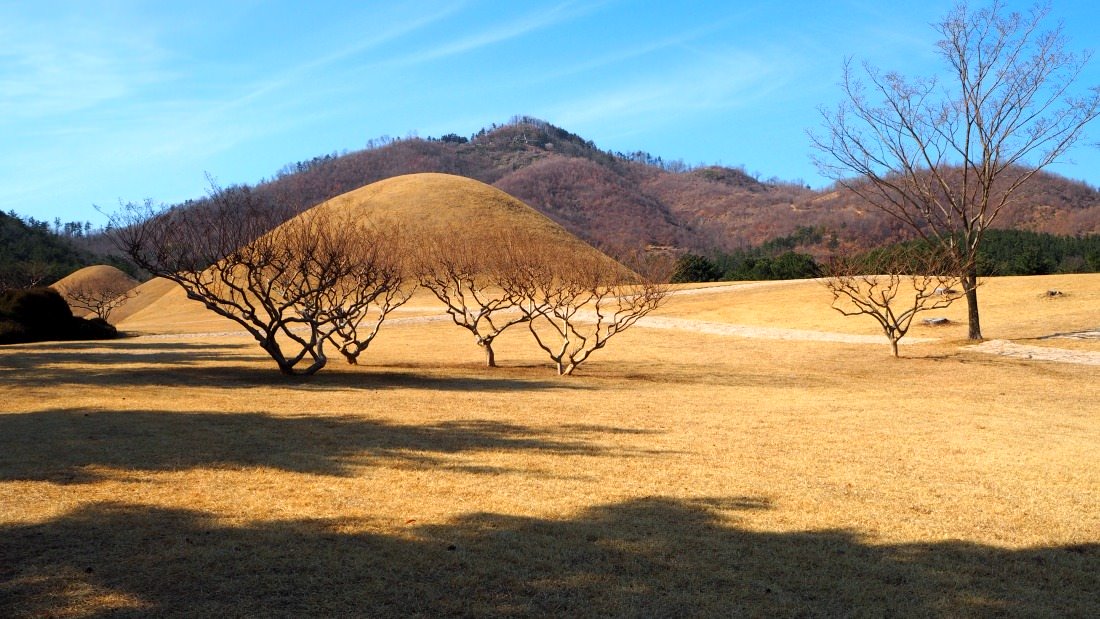
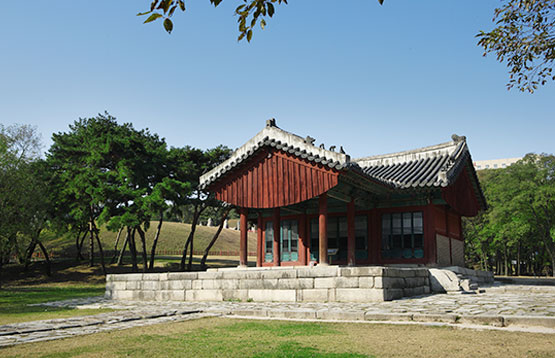
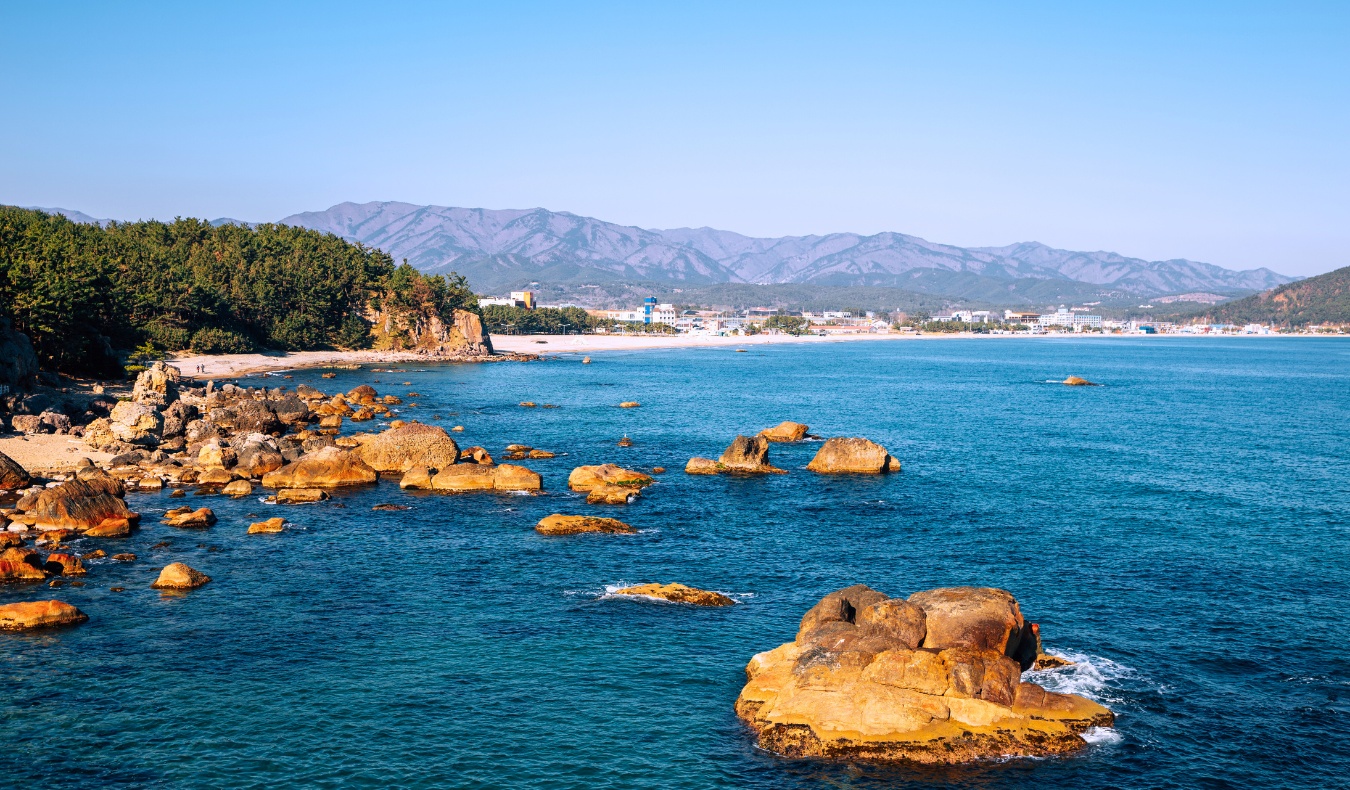
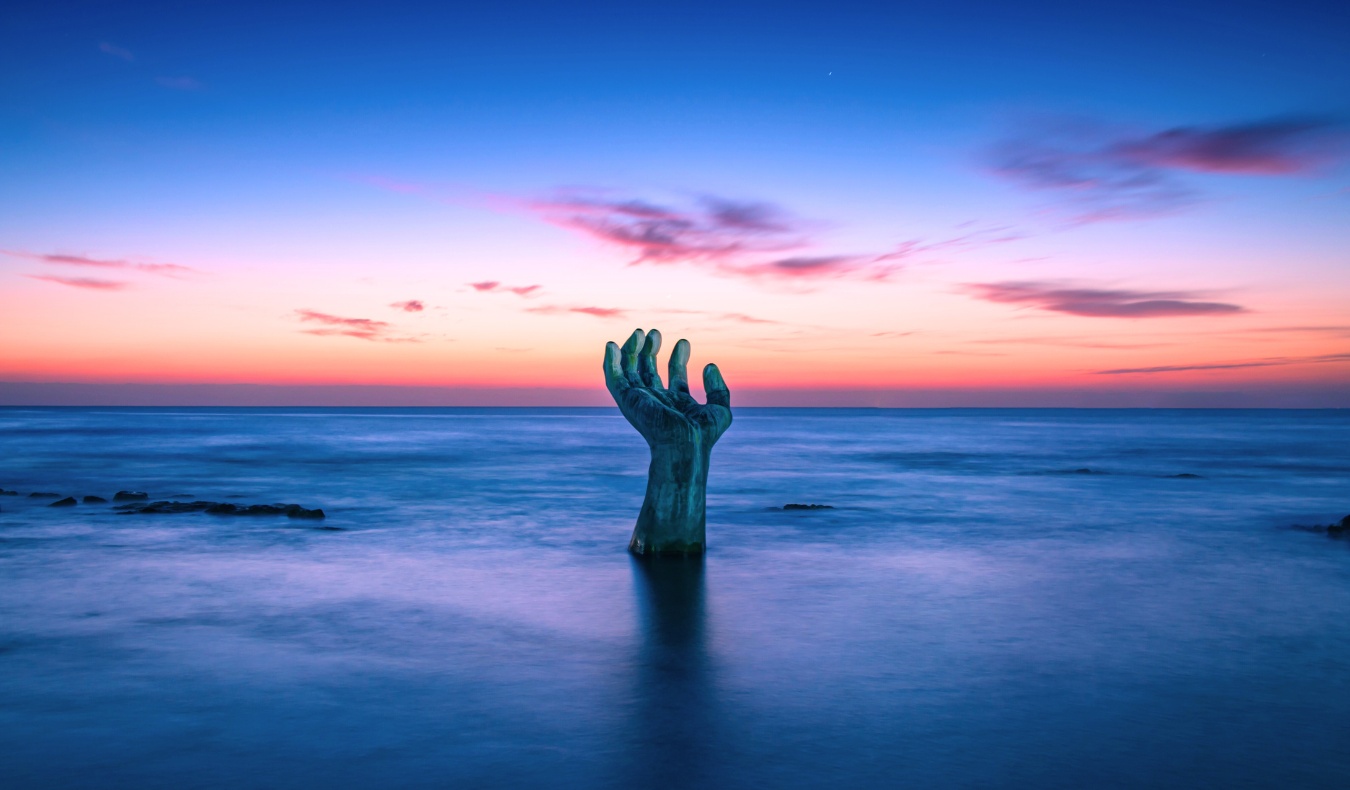
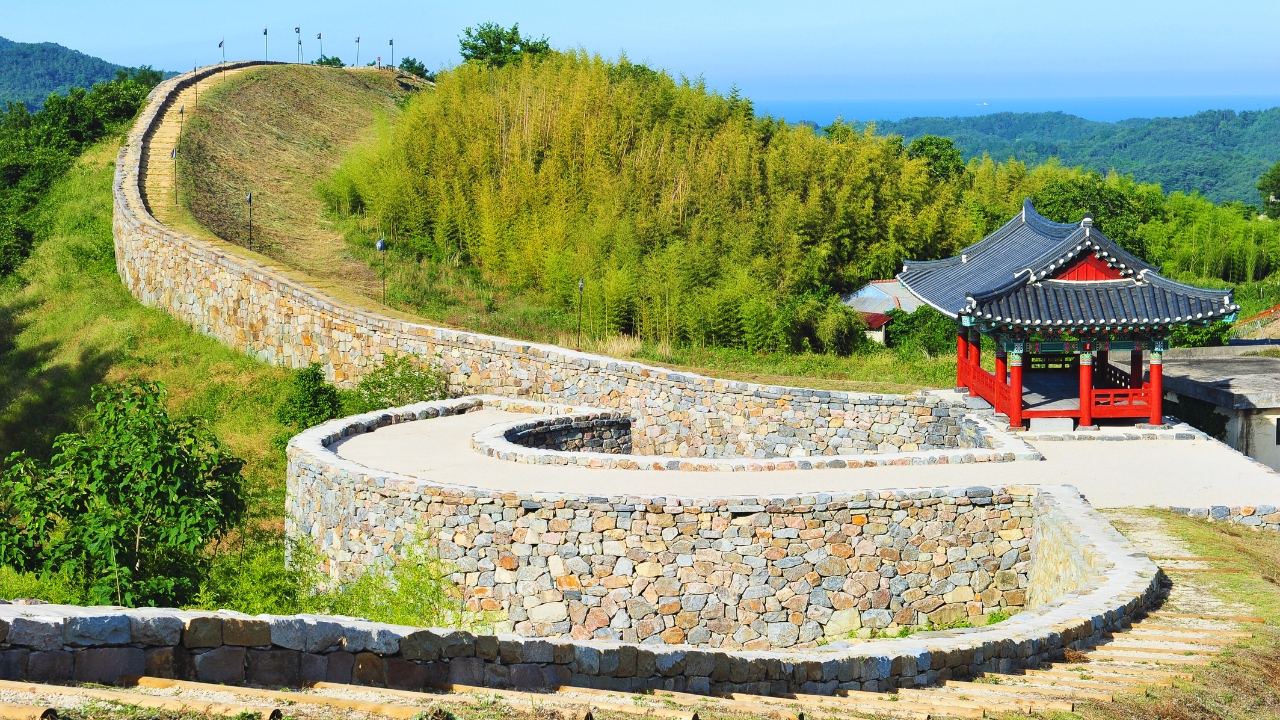

New! Comments
What do you think about this page? Leave me a comment in the box below.